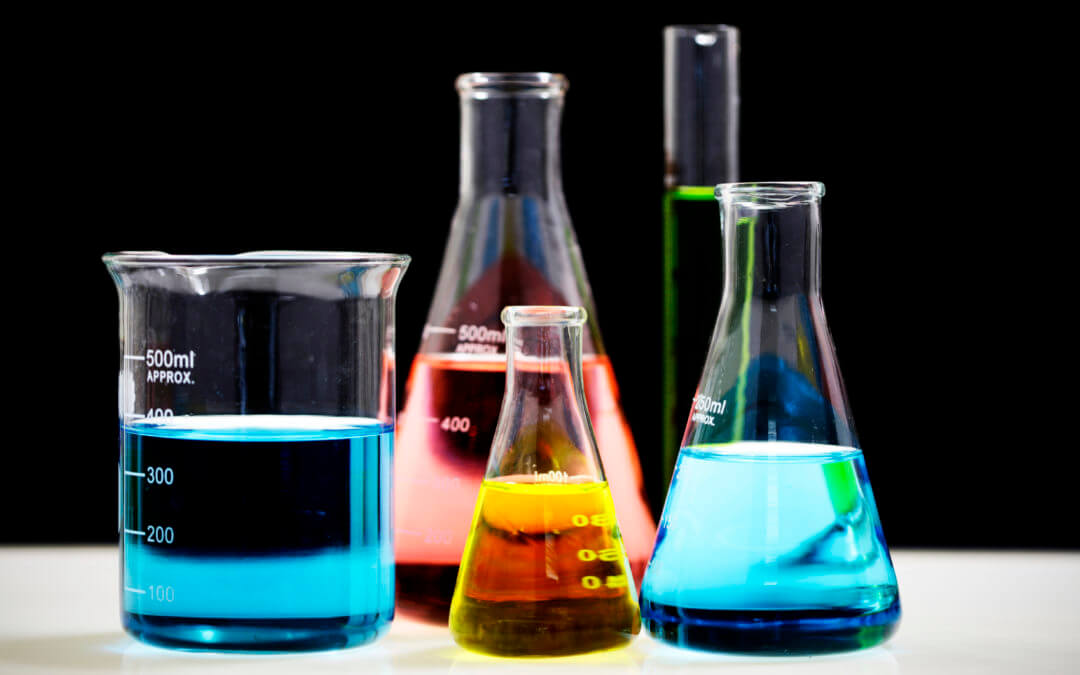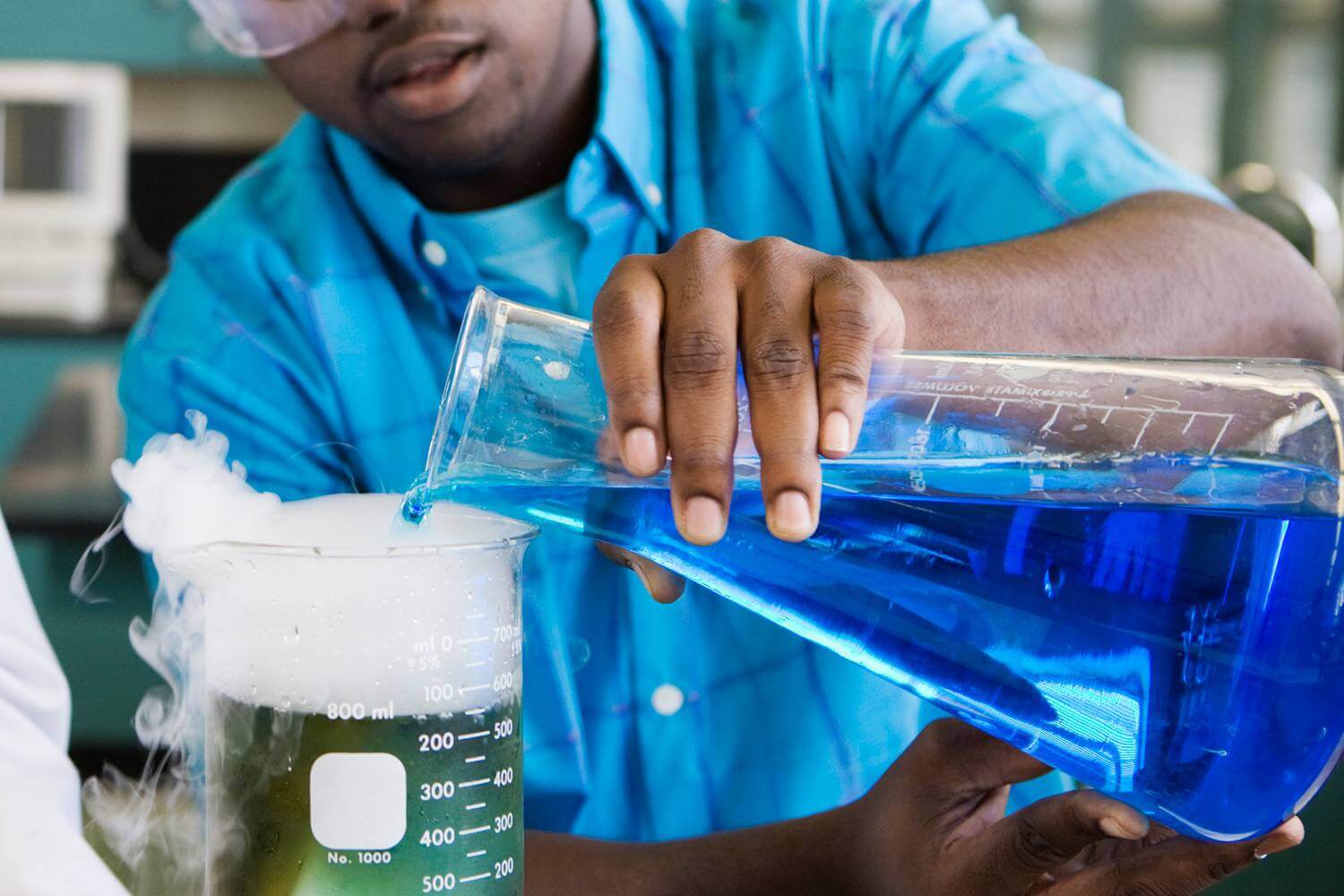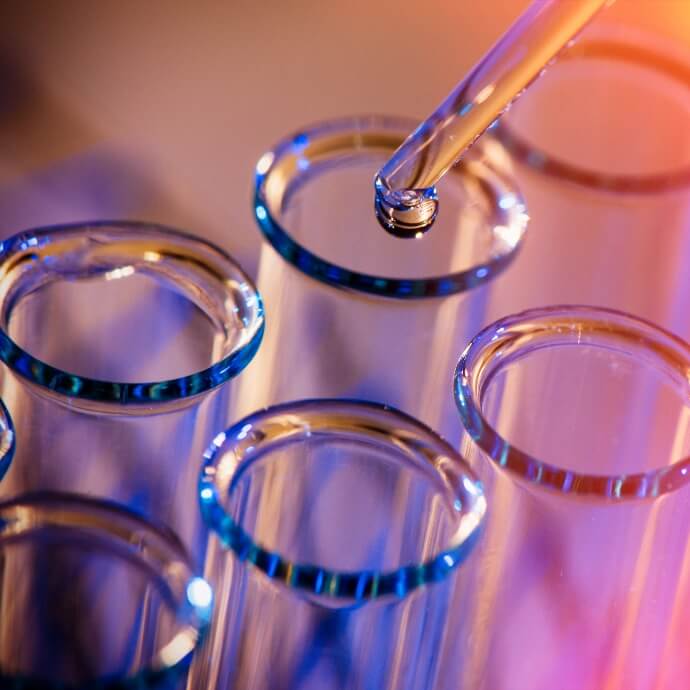Environmental Fate of Chloroalkanes: Degradation Pathways and Ecotoxicological Impacts
The environmental fate of chloroalkanes: degradation pathways and ecotoxicological effects
Chloroalkanes are widely used in many fields of chemical industry in today's world, but the series of problems caused by them in the environment are gradually becoming more and more important. From the perspective of Qiji Chemical's production plant, the environmental fate, degradation pathways and ecotoxicological effects of chloroalkanes in the environment are viewed.
The environmental fate of chloroalkanes
Chloroalkanes
Chloroalkanes have certain volatility, and some of them can escape into the atmosphere. In the atmospheric environment, they can undergo photochemical reactions. High-energy photons emitted by sunlight can break some chemical bonds in chloroalkane molecules. For example, chlorine atoms can be separated from the molecular body to form highly reactive free radicals. This free radical is abnormally active and easily reacts with other substances in the atmosphere, such as oxygen and ozone. Or form products such as chlorine oxides, which in turn affect the chemical composition of the atmosphere and the quality of the environment.
At the same time, many chlorinated alkanes can enter the water body through various channels. Because of its solubility in water, some of them can migrate and diffuse with water flow. In the water environment, it can interact with suspended particles and sediments in the water. Or it is adsorbed on the surface of the particles and settles to the bottom of the water with the particles and enters the sediment environment; or it directly participates in various chemical reactions in the water body.
Furthermore, soil is also an important destination for chlorinated alkanes. It can enter the soil due to wastewater discharge, atmospheric sedimentation, etc. In the soil environment, chloroalkanes are in close contact with soil particles, organic matter, etc. Or are adsorbed and fixed by soil particles, or are acted upon by soil microorganisms.
Degradation Pathways of Chloroalkanes
Chemical Degradation
In the environment, chloroalkanes can undergo hydrolysis reactions. Hydroxide ions in water molecules are nucleophilic and can attack carbon atoms connected to chloroalkane molecules. Chloroalkane atoms are replaced by hydroxyl groups to form alcohols. This process is more likely to occur in alkaline environments, because the concentration of hydroxide ions is higher under alkaline conditions. For example, chloromethane can be gradually hydrolyzed into methanol in alkaline aqueous solutions.
In addition, the reductive dechlorination reaction is also an important chemical degradation method of chloroalkanes. In an anaerobic environment, there are some reducing substances, such as ferrous ions. Ferrous ions can provide electrons, so that chlorine atoms in chloroalkane molecules can obtain electrons and detach to form dechlorination products. For example, carbon tetrachloride can be gradually dechlorinated to form trichloromethane and dichloromethane under anaerobic conditions with ferrous ions.
Biodegradation
There are many microorganisms in soil and water, which contribute a lot to the degradation of chloroalkanes. Some bacteria can use chloroalkanes as carbon sources and energy sources for growth and metabolism. For example, some Pseudomonas bacteria contain specific enzyme systems in their cells. This enzyme can catalyze the cleavage of carbon-chlorine bonds in chloroalkanes, and gradually degrade chloroalkanes into small molecules such as carbon dioxide and water. At the beginning of degradation, the enzyme binds specifically to chloroalkanes, induces molecular structure changes, promotes the activation of carbon-chlorine bonds, and then breaks.
At the same time, fungi also play a certain role in the biodegradation of chloroalkanes. Fungi can secrete extracellular enzymes to carry out preliminary transformation of chloroalkanes. After that, the resulting intermediate products can be absorbed by fungal cells and further metabolized and degraded.
Ecotoxicological Effects of Chloroalkanes
Effects on Aquatic Organisms
After chloroalkanes enter the water body, they are significantly harmful to aquatic organisms. It can affect the respiration of fish. Chloroalkanes can enter the blood circulation system of fish through the gills, interfering with the normal physiological function of fish gill cells. It blocks the gas exchange in fish gills, resulting in hypoxia and inhibited growth and development of fish. And it also affects the nervous system of fish, interfering with nerve signal transmission, causing abnormal fish behavior, such as unbalanced swimming posture and weakened avoidance response.
For aquatic plankton, chloroalkanes can inhibit their photosynthesis. The photosynthetic pigments of phytoplankton cells can interact with chloroalkanes to affect the process of light energy capture and conversion. Slow down the growth and reproduction of phytoplankton, thereby affecting the energy flow and material circulation of the entire aquatic ecosystem.
Effects on terrestrial organisms
In terrestrial environments, chloroalkanes can be absorbed into plants through plant roots. In plants, it can interfere with the absorption of water and nutrients by plants. Chloroalkanes can affect the permeability of plant root cell membranes and hinder the transport of ions and water across membranes. And it also has a negative impact on physiological processes such as plant photosynthesis and respiration. Causes plant leaves to turn yellow, grow short, and reduce yield and quality.
For soil animals, such as earthworms, chloroalkanes can affect their survival and reproduction. Earthworms live in the soil, and chloroalkanes can enter their bodies through the body surface and feeding. Interfere with the physiological metabolic process in the body of earthworms, such as affecting their digestive enzyme activities, causing digestive disorders. The growth and development of earthworms are blocked and their reproductive capacity is reduced.
 18 years experience
18 years experience 6000+ m2 factory area
6000+ m2 factory area 300+ employees
300+ employees 60+ customer's countries
60+ customer's countries










